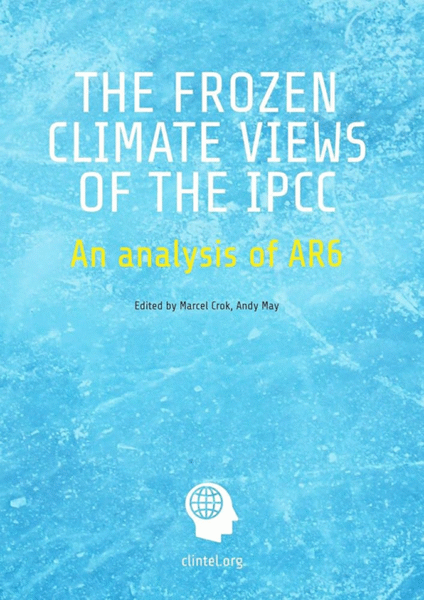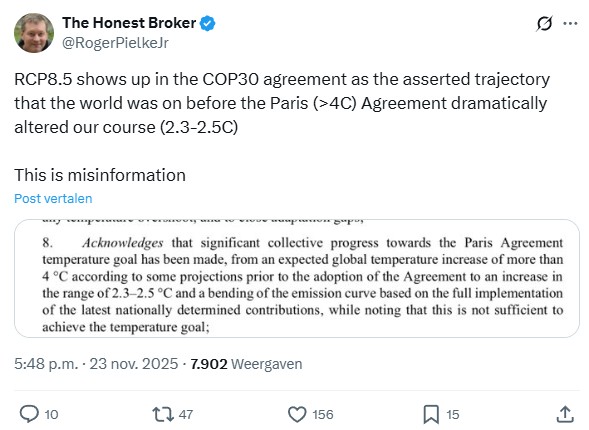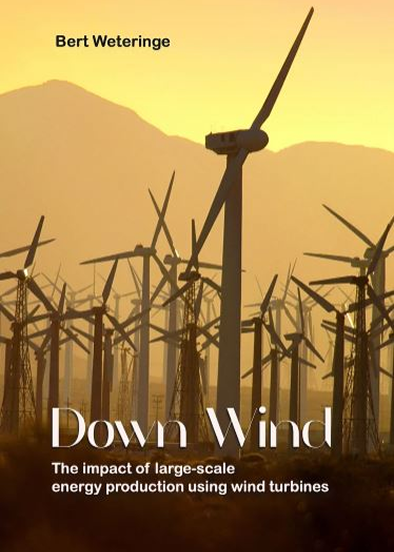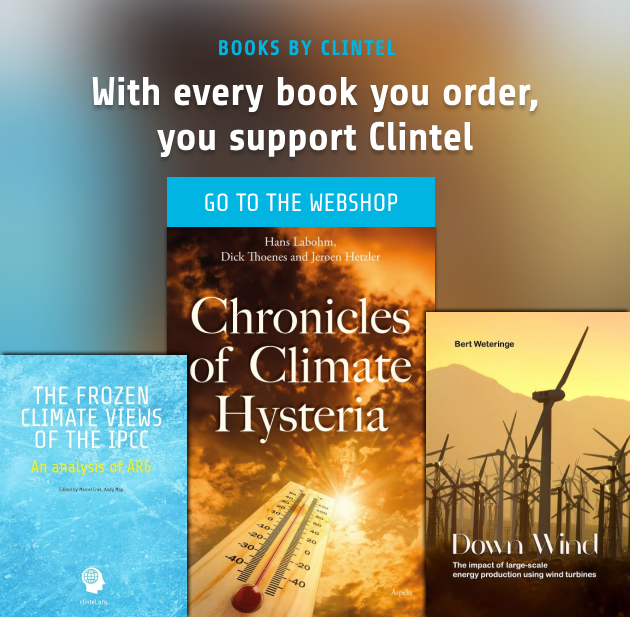COP30 miente para justificar su existencia
COP30 está construyendo su defensa sobre desinformación climática que reescribe el pasado para reclamar una victoria que nunca logró.
El acuerdo de la COP30 afirma que el mundo iba camino de superar los 4 °C de calentamiento hasta que el Acuerdo de París corrigió heroicamente esa trayectoria hacia los 2,3–2,5 °C.
Sin embargo, “esto es desinformación”, asegura Roger Pielke Jr., profesor de Estudios Ambientales en la Universidad de Colorado en Boulder. Es una ficción construida sobre el cadáver del RCP8.5, el escenario extremo que los científicos abandonaron discretamente hace años porque requería un uso imposible de carbón, una demografía inverosímil y un colapso económico que jamás ocurrió.
COP30 está resucitando un escenario irreal y descartado para afirmar que París salvó al mundo. El problema son los datos. Las emisiones reales no muestran ninguna curva descendente, ninguna desaceleración y ningún “efecto París”.
París no cambió las emisiones, pero sí desbloqueó una justificación permanente para los impuestos climáticos, el racionamiento energético y el desmantelamiento de energía barata y confiable: la base de la prosperidad económica.
COP30 necesita una victoria para justificar su existencia. Así que ha reescrito la historia: inventa una trayectoria de 4 °C, finge que París la redujo y se felicita por haber salvado a la humanidad.
El mundo nunca se dirigió hacia el RCP8.5. París no cambió las emisiones.
Mentiras.
Traducido al español para Clintel Foundation por Tom van Leeuwen.
Fuente original: Electroverse Substack.
more news
Introducing climath, a new blog by Demetris Koutsoyiannis
Introducing climath, a new blog by Demetris Koutsoyiannis Climate is a hot topic, but I have been studying it in a cool way. I have used math in my studies, as it is something that I have learned and appreciate. And I fully embrace Stendhal’s maxim about math: What is more I loved, [...]
Climate scientists officially declare ‘climate emergency’ at an end
Climate scientists officially declare ‘climate emergency’ at an end Climate scientists have issued a shock declaration that the ‘climate emergency’ is over. A two-day climate conference in Prague, organised by the Czech division of the international Climate Intelligence Group (Clintel), which took place on November 12 and 13 in the Chamber of Deputies [...]
Two day Clintel conference in the Parliament of Prague
Two day Clintel conference in the Parliament of Prague The CLINTEL Working Group in the Czech Republic organizes an International Scientific Conference in Prague, which will take place on 12 and 13 November 2024 in the premises of the Chamber of Deputies of the Czech Republic. publications [...]








